Holy Rosary Catholic Church
The secret skeleton of a murdered nun was discovered in this church basement, but the scandal doesn't end there.
The handsome red brick church at the corner of East Gatzke and South Schomberg Roads in Isadore, Michigan, hit a major roadblock on its way to completion: the skeletons buried in the basement of the church that had stood on that spot before.
The first Holy Rosary Church was dedicated on August 16th, 1883. In 1917, Father Edward Podlaszewski was ready to set in motion the process of replacing it with an impressive new building. That is, until he was told about the rumor that a murdered nun had been buried in the basement eleven years earlier.
There was worry that if the nun’s body was discovered during construction, there might be a scandal. The priest and his sexton investigated the claim, and sure enough found her skeleton in an area that for a long time had held a pile of lumber and gone uninvestigated in the search for the nun.
Sister Mary Janina, a Felician Nun who was serving as a teacher and Mother Superior at Holy Rosary Church, went missing in 1907. The town rallied to search for her, and every aid from a well-regarded bloodhound to a clairvoyant was employed to find her. Father Andrew Bieniawski put much of his own money into the effort. But she never turned up.
It was only after Father Bieniawski’s housekeeper, Stanislawa “Stella” Lipczynska—who stayed in his service after he was transferred to another parish—confessed to the murder to a bishop in Milwaukee in hopes of absolution, that the truth came out. Word of the confession made its way to Father Podlaszewski, and Sister Janina’s bones along with those of her unborn child (widely believed to have been fathered by Bieniawski) were discovered. Podlaszewski told his sexton to secretly bury her remains at the foot of a large cross in the church’s cemetery down the street.
But the nun’s skeleton was not Father Podlaszewski’s only secret, and as he was returning from a secret trip with his teenage housekeeper to put their baby up for adoption far from Isadore, he confessed to her all about the discovery of Sister Janina’s remains. The housekeeper told her father, who told the police. The body was exhumed once again, and Stella was arrested in Manistee and tried in Leelanau County.
A detective from Milwaukee was hired to be arrested and spy on Stella from inside her heavily guarded cell. The hope was to get a confession out of Stella in prison. Stella later feigned insanity in an effort to escape conviction. It didn’t work, and in 1920, the Michigan Supreme Court upheld her conviction of murder in the first degree. Bieniawski never gave up his efforts to get her out of her life sentence, and managed to get her paroled by an outgoing governor in 1927. Stella lived out her days as a cook and housekeeper in a Felician Convent in Wisconsin.
During the trial, Sister Janina’s fellow nuns were allowed to perform a brief ceremony over her displayed skeleton, since she had never had any of the funeral rites a nun was supposed to have. Some believe her remains were taken away from Isadore after the trial, and buried at the Felician Motherhouse in Detroit. Others say she is buried somewhere anonymously in the cemetery down the street from Holy Rosary Church, possibly once again at the foot of the large cross, which was mysteriously spared from harm in 1989 during a major lightning strike that destroyed a tree and several headstones in the cemetery.
The church itself is red brick on a foundation of fieldstone from surrounding farms. The thirteen stained glass windows, depicting Bible stories on three large sheets of thick glass each, were created by the Vatican’s one-time favored glassmaker, Franz Xavier Zettler. They were completed in early 1919, but had to be buried under layers of sawdust for protection during the final days of World War I, it being too dangerous to ship them to America at that time.
For more about these events, there’s Mardi Link’s complete and compelling account of the mystery, Isadore’s Secret: Sin, Murder, and Confession in a Northern Michigan Town, or, for those looking for a more dramatic interpretation, the 1979 movie The Runner Stumbles, based on Milan Stitt’s 1976 Broadway play of the same name, is a fictionalization of the events. Just don’t ask anyone in Isadore; they’d really rather not talk about it.
Know Before You Go
From Traverse City, Michigan, take Route 72 West to Route 651/South Cedar Road. Continue onto South Kasson Street before tuning right onto South Schomberg Road. The church will be on the left after a little more than two miles.
While you're in the area, visit some of the beautiful inland lakes and maybe climb Sleeping Bear Dunes, which overlooks Lake Michigan about a half hour to the west.
And again, the residents don't like to discuss what they refer to as "the tragedy."

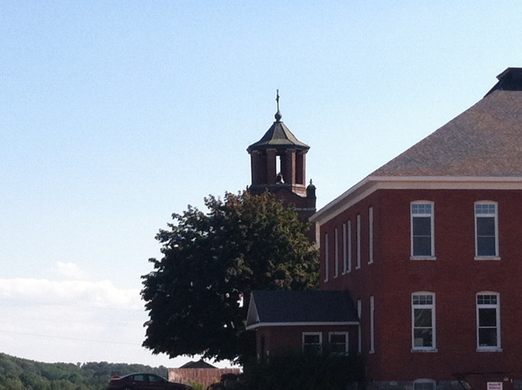
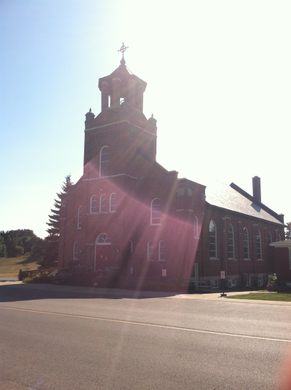
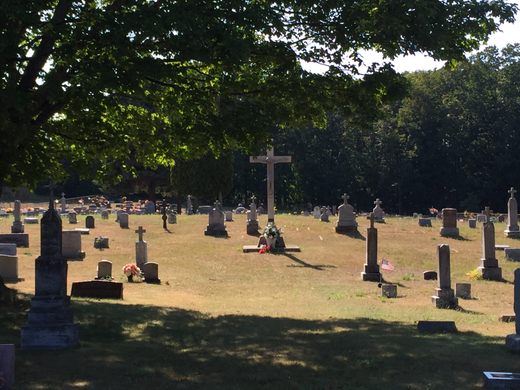
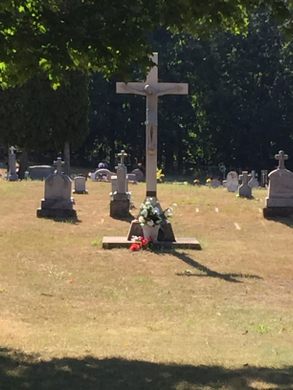
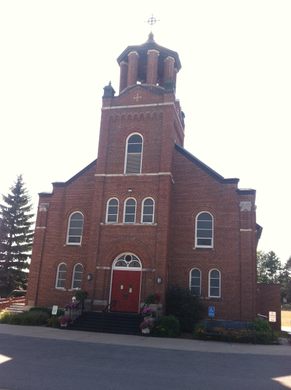







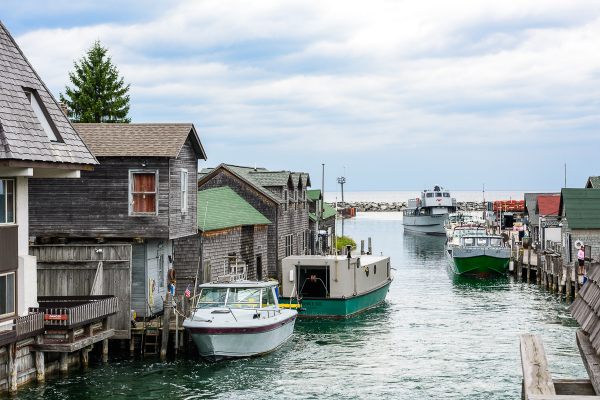
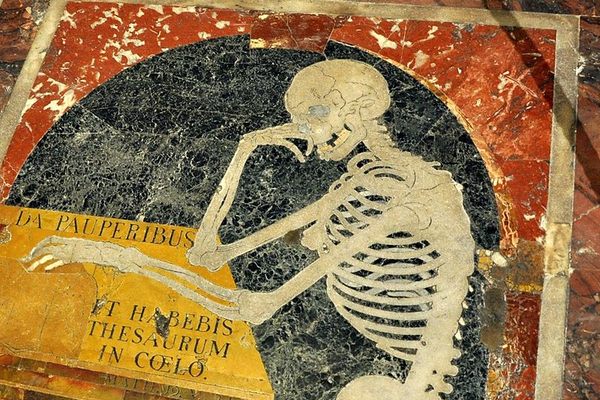


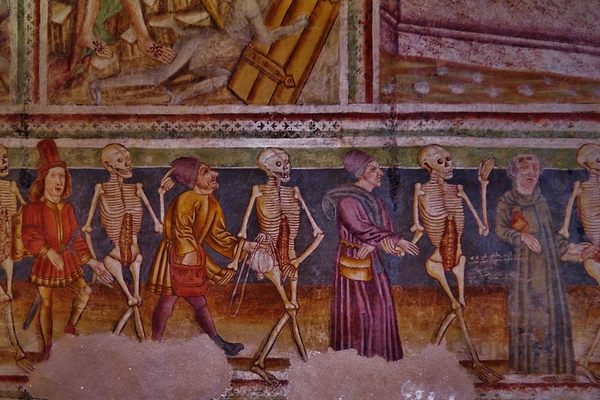


Follow us on Twitter to get the latest on the world's hidden wonders.
Like us on Facebook to get the latest on the world's hidden wonders.
Follow us on Twitter Like us on Facebook